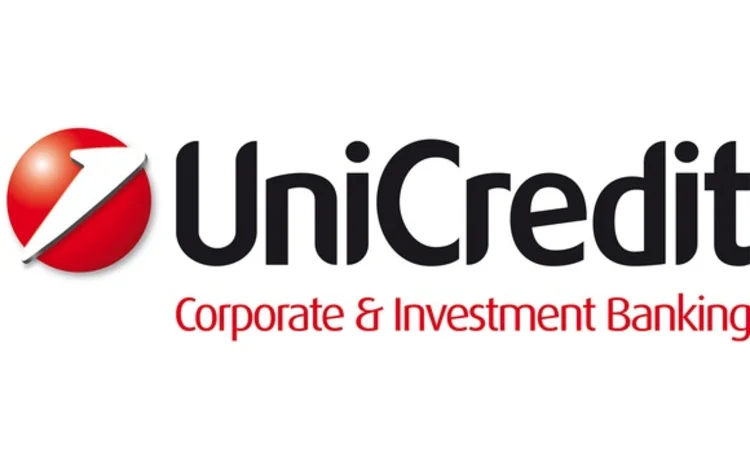
Corporate statement: In search of strong growth — BRIC: Optimised risk/return profile

The emerging markets of Brazil, Russia, India and China (BRIC) are looking increasingly promising as more people are able to afford goods – such as cars, mobile phones and washing machines – that were previously considered luxury items.
Brazil is one of the world’s most resource-rich countries, particularly in deposits of industrial metals – such as nickel and copper – and agricultural commodities. In 2008, one of the largest oilfields in the world was discovered off the Brazilian coast. Once the ‘black gold’ is brought to the surface, billions in profits will soon follow.
Russia is at the mercy of the oil market. The oil and gas sector accounts for nearly two-thirds of Russia’s income from exports. When the oil price ranges from $70–$80 a barrel, as at the present time, the companies earn healthy profits. Many experts expect the oil price to rise further in the medium term. In this case, Russian companies would be among the main beneficiaries.
The special attraction of India for investors is the country’s population and demographics. With 1.2 billion inhabitants, it is the world’s second most-populous country. The average age is 25.9 years, which is encouraging as young people are traditionally willing and active consumers. They are also likely to consume even more in the future, though the average per capita income is just $3,100 per year. If it doubles to China’s level, it could trigger a boom in consumption. Some experts believe that growth in the Indian economy could outpace that of China from 2012.
China, with its double-digit growth rate, has had investors’ attention for years. In the spring, China gained the status as the world’s top exporter – taking the title from Germany. In the autumn, the People’s Republic of China rose to the number two ranking among the world’s largest economies – ahead of Japan. The number of people benefiting from the export of products labelled ‘made in China’ is increasing, as shown by consumer spending data in recent quarters. During the coming years, experts expect the enormous demand for cars, televisions and computers to continue.
BRIC country stock exchanges have already posted very strong growth in recent years. While the Standard and Poor’s (S&P) BRIC 40 Index has nearly tripled since April 2004, the Eurostoxx 50® has gained just 22.1%. The S&P BRIC Index includes the 40-largest listed companies in the four countries. However, in view of the potential to make up ground on the richer countries, the BRIC success story is far from over. Experience shows that rapid upswings and downswings are possible, especially with emerging economies.
German private investors have drawn their conclusions from the 2008 financial market crisis. They are increasingly seeking simple and understandable investments with high protection. But, with interest rates at historical lows, the challenge is now on for issuers to develop structures that offer higher yields. During such market phases in the past, issuers generally took the payoff as their starting point – often by placing a cap on products that provided capital protection. In the meantime, they would develop investment models that optimised the risk/return profile.
UniCredit Bank AG, under its HypoVereinsbank (HVB) brand, was the first bank in Germany to launch a target-vol mechanism for various equity indexes – for example, the S&P BRIC 40 EUR Index. A flexible protection system ensures the level of participation in the performance of an index can be increased or decreased on the basis of clearly defined rules.
The parameter for participation is the historical volatility of the index. The greater the fluctuations in the markets, the lower the participation in the related index during the term of the investment. If the stock prices become less volatile, the participation in the index is again increased – possibly to an above-average level of 125%. The minimum participation quota is 0%. The index-based HVB Garant bond (HV5CLZ) combines the target-vol mechanism with 100% capital protection. At the end of the term, after 6.5 years, investors will receive at least their nominal investment of €100 per share. If the index shows an increase at maturity, investors will receive the full gains achieved under the investment protection system.
Click here to view the article in PDF format
Sponsored content
Copyright Infopro Digital Limited. All rights reserved.
You may share this content using our article tools. Printing this content is for the sole use of the Authorised User (named subscriber), as outlined in our terms and conditions - https://www.infopro-insight.com/terms-conditions/insight-subscriptions/
If you would like to purchase additional rights please email info@risk.net
Copyright Infopro Digital Limited. All rights reserved.
You may share this content using our article tools. Copying this content is for the sole use of the Authorised User (named subscriber), as outlined in our terms and conditions - https://www.infopro-insight.com/terms-conditions/insight-subscriptions/
If you would like to purchase additional rights please email info@risk.net